Photos: Nobel Prize Winners Draw Their Discoveries in Crayon
Nobel laureates are better known for their ground-breaking research than their coloring skills. But that didn't stop photographer Volker Steger from asking a group of Nobel winners to humor him by sketching out their prize-winning discoveries in crayon, and then posing to have their pictures taken.The resulting photos are the subject of a new exhibit called "Sketches of Science: Photo Sessions With Nobel Laureates," which opened at the University of California, Davis, this week. The exhibit, which will be on display until Saturday (Jan. 10), highlights the work of some of the brightest minds in science. The images below were provided by UC Davis and captured by Volker Steger: [Read the full story about the exhibit here]
Robert B. Laughlin, physics, 1998
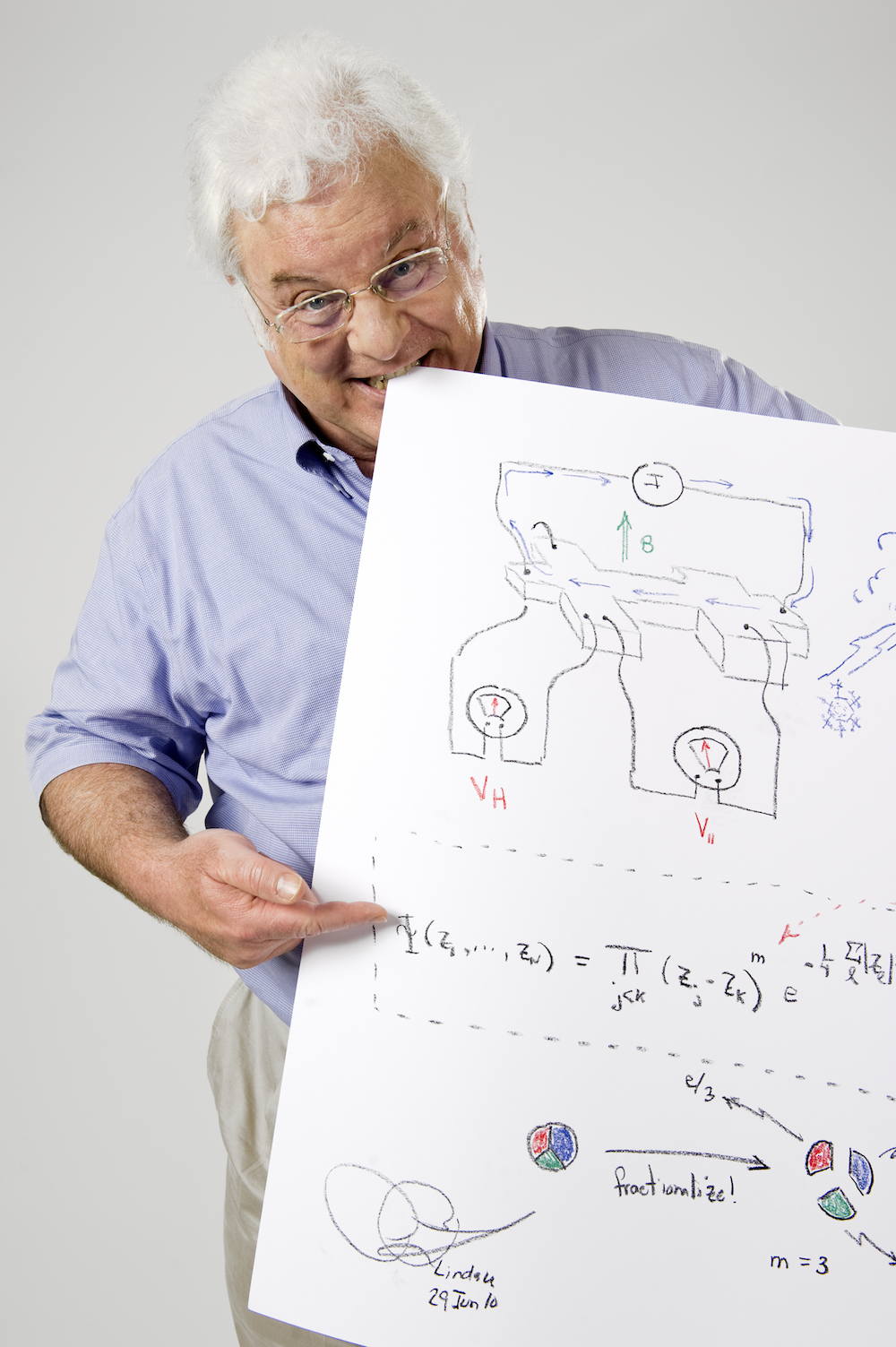
Physicist Robert B. Laughlin won the Nobel Prize in Physics in 1988 for his part in discovering that electrons in a powerful magnetic field can form something known as a "quantum fluid." By studying this quantum fluid, physicists can observe tiny portions of electrons, giving them more insight into the inner structure of matter. Known as the fractional quantum Hall effect, this discovery by Laughlin and his colleagues greatly advanced the field of quantum physics.
Francoise Barre-Sinoussi, physiology or medicine, 2008
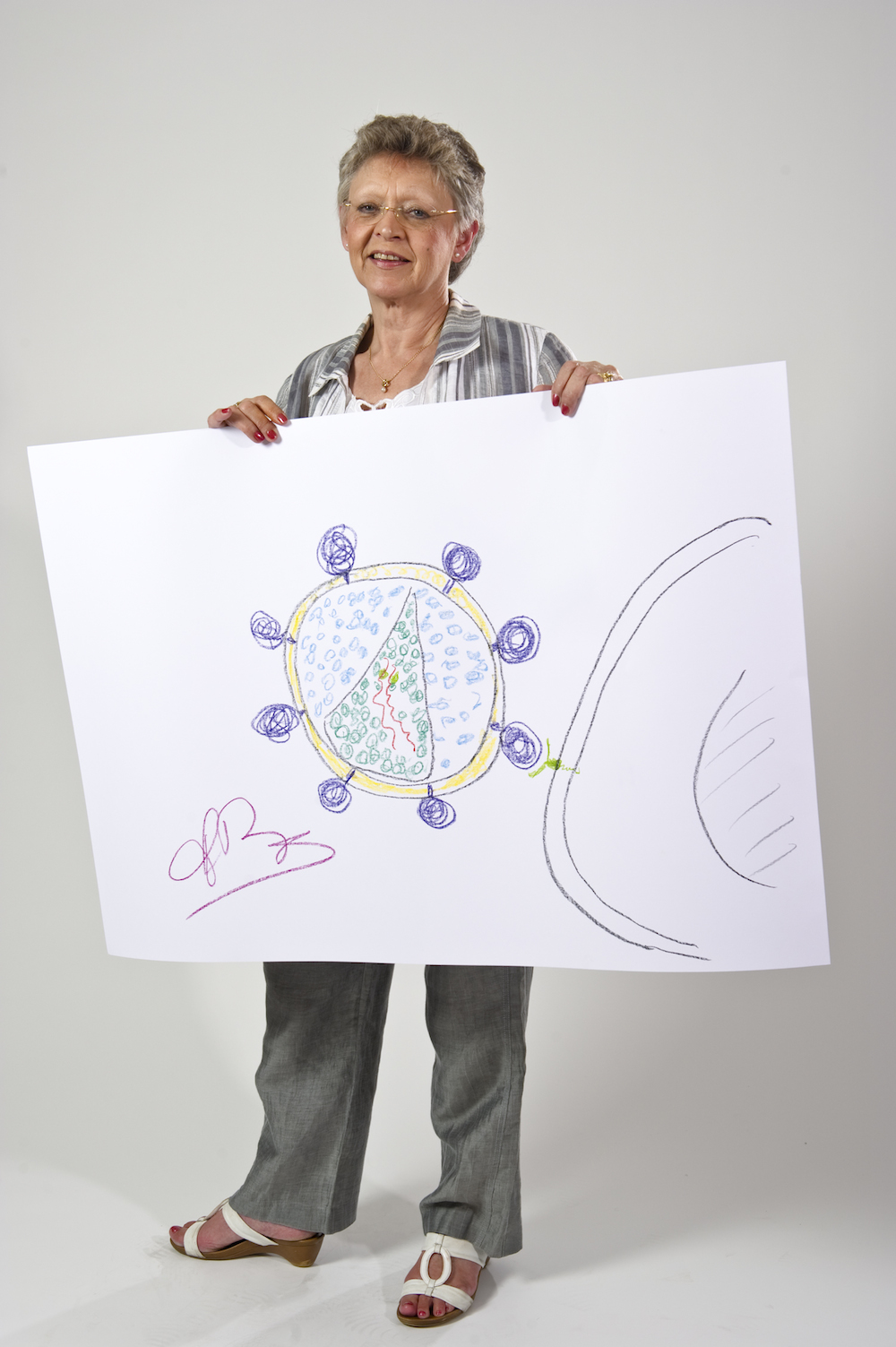
Francoise Barre-Sinoussi is a French virologist who won the Nobel Prize in Physiology or Medicine in 2008 for her discovery of HIV, or the human immunodeficiency virus. Barre-Sinoussi is credited as being the first to observe evidence of reverse transcription in the lymph node tissue of a patient diagnosed with AIDS. Her observations, made in 1982, supported the hypothesis that AIDS was caused by a retrovirus, which she and her team later identified and which was eventually named HIV.
Steven Chu, physics, 1997
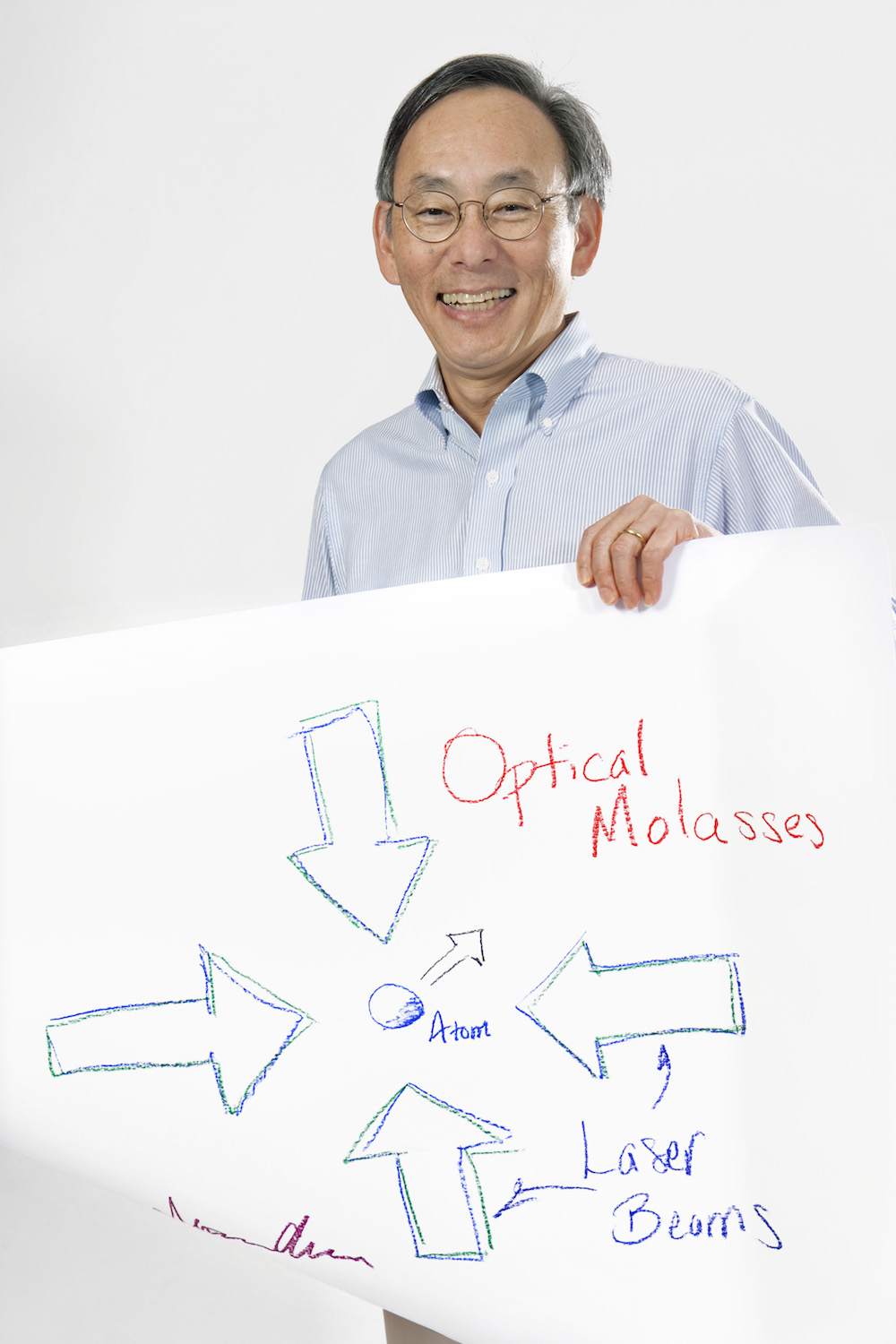
Steven Chu, who served as U.S. Secretary of Energy from 2009 to 2013, won the Nobel Prize in Physics in 1997. He and his colleagues were awarded the prize for their research on cooling and trapping atoms with laser light. In order to study atoms, which move at an astonishing rate of about 2,500 miles per hour (4,000 km/h), scientists must first slow them down. Before Chu's discovery that atoms could be slowed down with a laser, researchers used electrical and magnetic fields to decelerate electrically charged atoms. But the laser used by Chu and his colleagues could also slow down atoms with no electrical charge, allowing researchers to study these neutral atoms for the first time.
Sign up for the Live Science daily newsletter now
Get the world’s most fascinating discoveries delivered straight to your inbox.
Elizabeth H. Blackburn, physiology or medicine, 2009
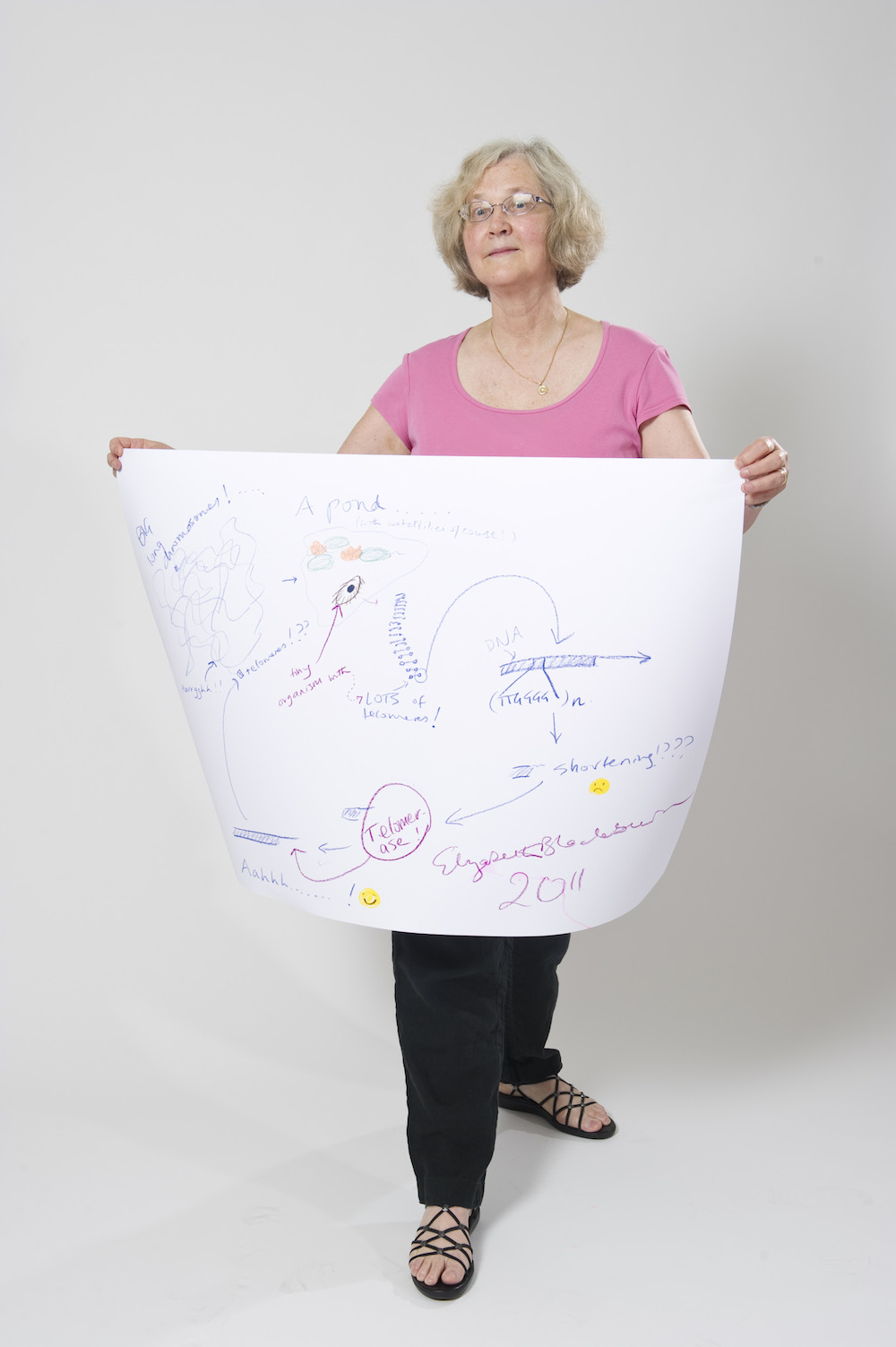
Elizabeth H. Blackburn is an Australian-American biological researcher who won the Nobel Prize in Physiology or Medicine in 2009. She and her colleagues were awarded the prize for their discovery of telomerase, an enzyme that protects a structure, known as a telomere, at the end of a human chromosome. The telomere, which is made up of a group of molecules known as nucleotides, protects the chromosome, keeping it from falling apart or fusing together with nearby chromosomes. Blackburn thinks that, by measuring the length of telomeres inside of cells, doctors may be able to diagnose and treat illnesses earlier, potentially increasing a patient's chance of survival.
Georg J. Bednorz, physics, 1987
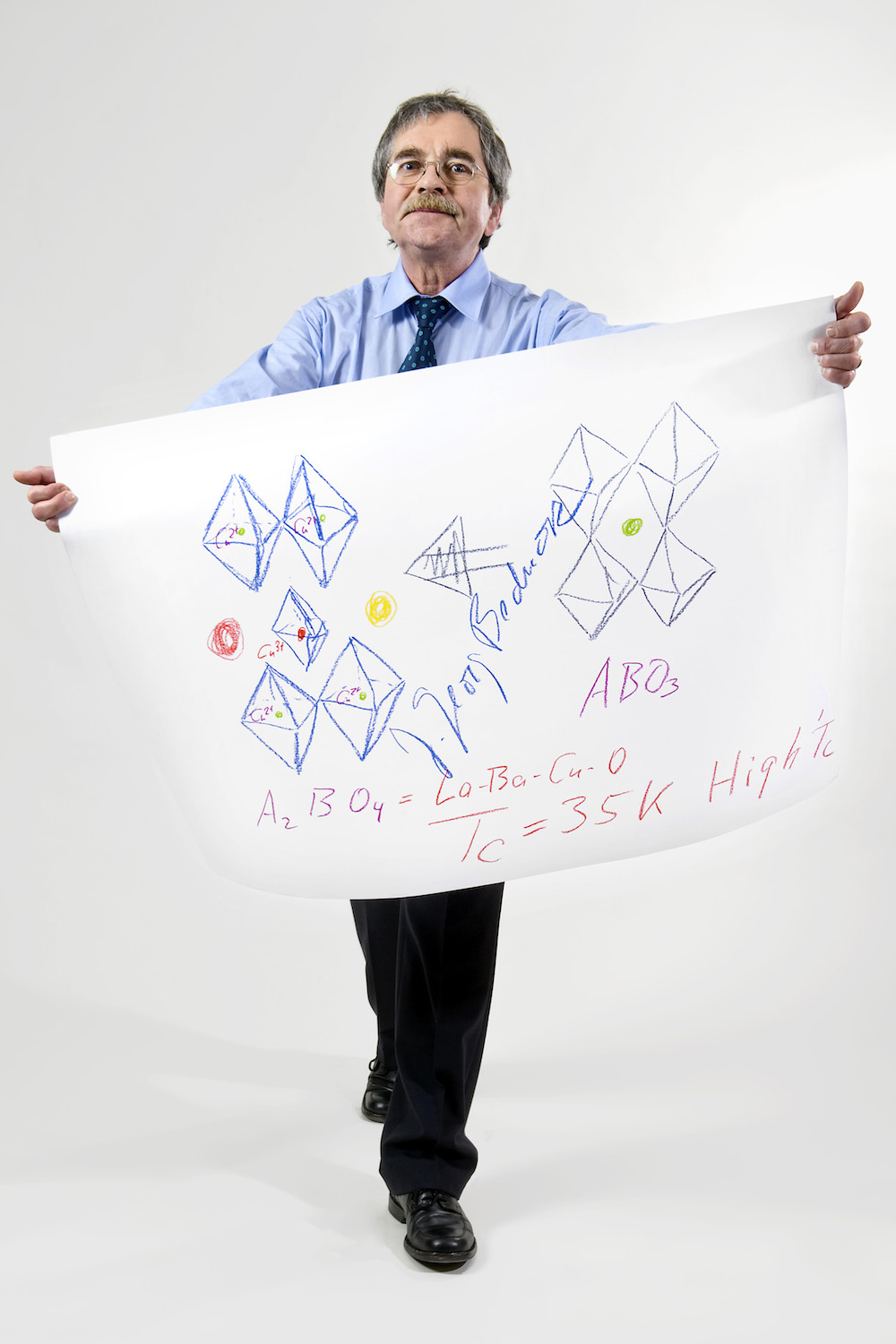
In 1987, J. Georg Bednorz and his colleague, K. Alexander Müller, were awarded the Nobel Prize in Physics for discovering the superconductivity of certain ceramic materials at what was considered an abnormally high temperature. Superconductors are materials that, when cooled to very low temperatures, can conduct electricity with no resistance. Prior to Bednorz and Müller's discovery, scientists believed that materials needed to be cooled to minus 406 degrees Fahrenheit (minus 243 degrees Celsius) in order to become superconductive. The only element that could practically be used to cool materials to this temperature was helium. But Bednorz and Müller showed that superconductivity could actually be achieved at a higher temperature — minus 397 degrees Fahrenheit (minus 238 degrees Celsius). This meant that a more abundant and therefore cheaper coolant, liquid nitrogen, could now be used in laboratories to induce superconductivity.
Bruce A. Beutler, physiology or medicine, 2011
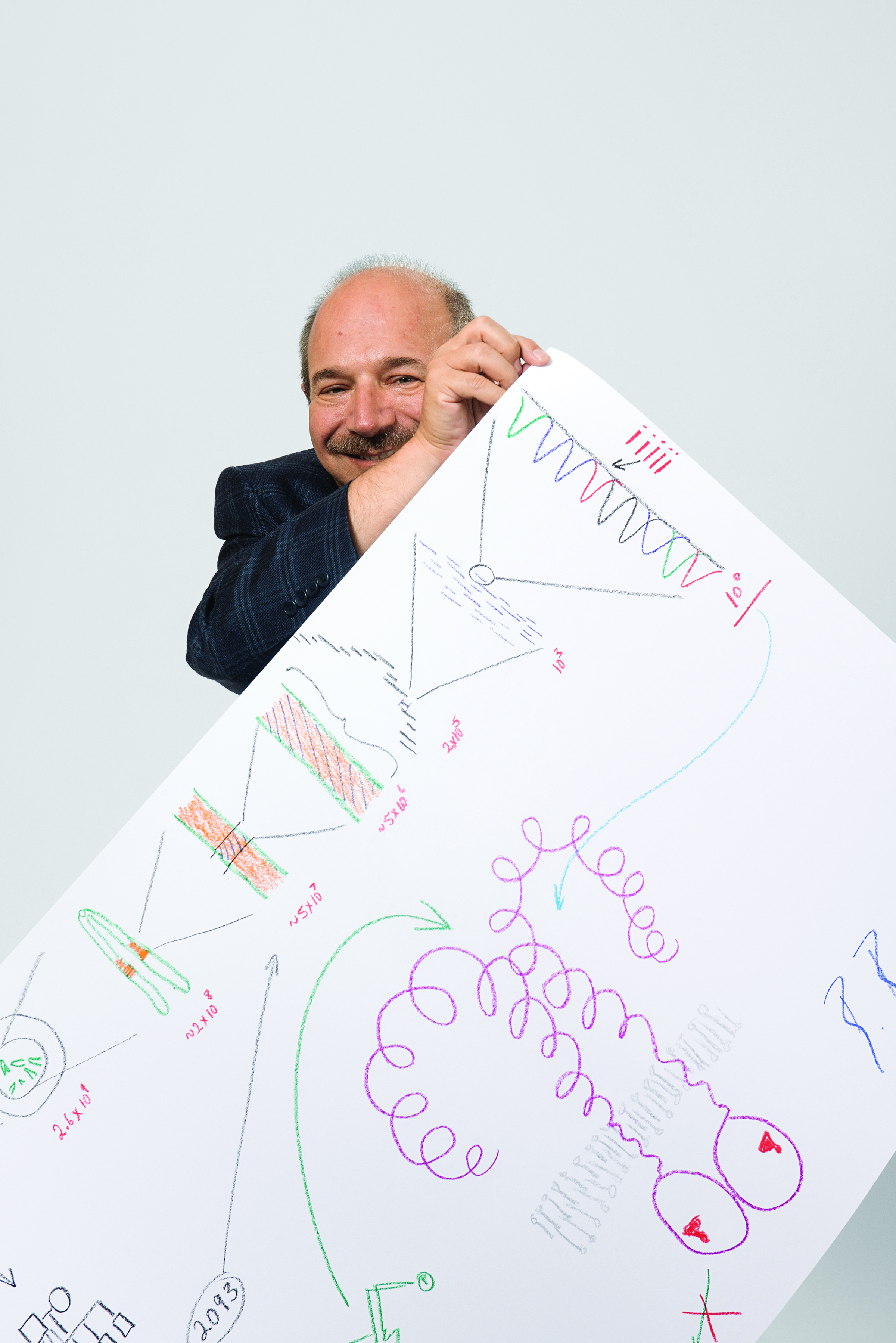
In 2011, Bruce A Beutler and his colleague, Jules A. Hoffman, won the Nobel Prize in Physiology or Medicine for their discoveries concerning the human immune system. In the 1990s, the team found that certain proteins, known as "receptor proteins," recognize bacteria and other microorganisms entering the body. These proteins then activate the body's first line of immune defense — the innate immune system, which is a subsystem of the overall immune system that fights disease.
Follow Elizabeth Palermo @techEpalermo. Follow Live Science @livescience, Facebook & Google+.

Elizabeth is a former Live Science associate editor and current director of audience development at the Chamber of Commerce. She graduated with a bachelor of arts degree from George Washington University. Elizabeth has traveled throughout the Americas, studying political systems and indigenous cultures and teaching English to students of all ages.









